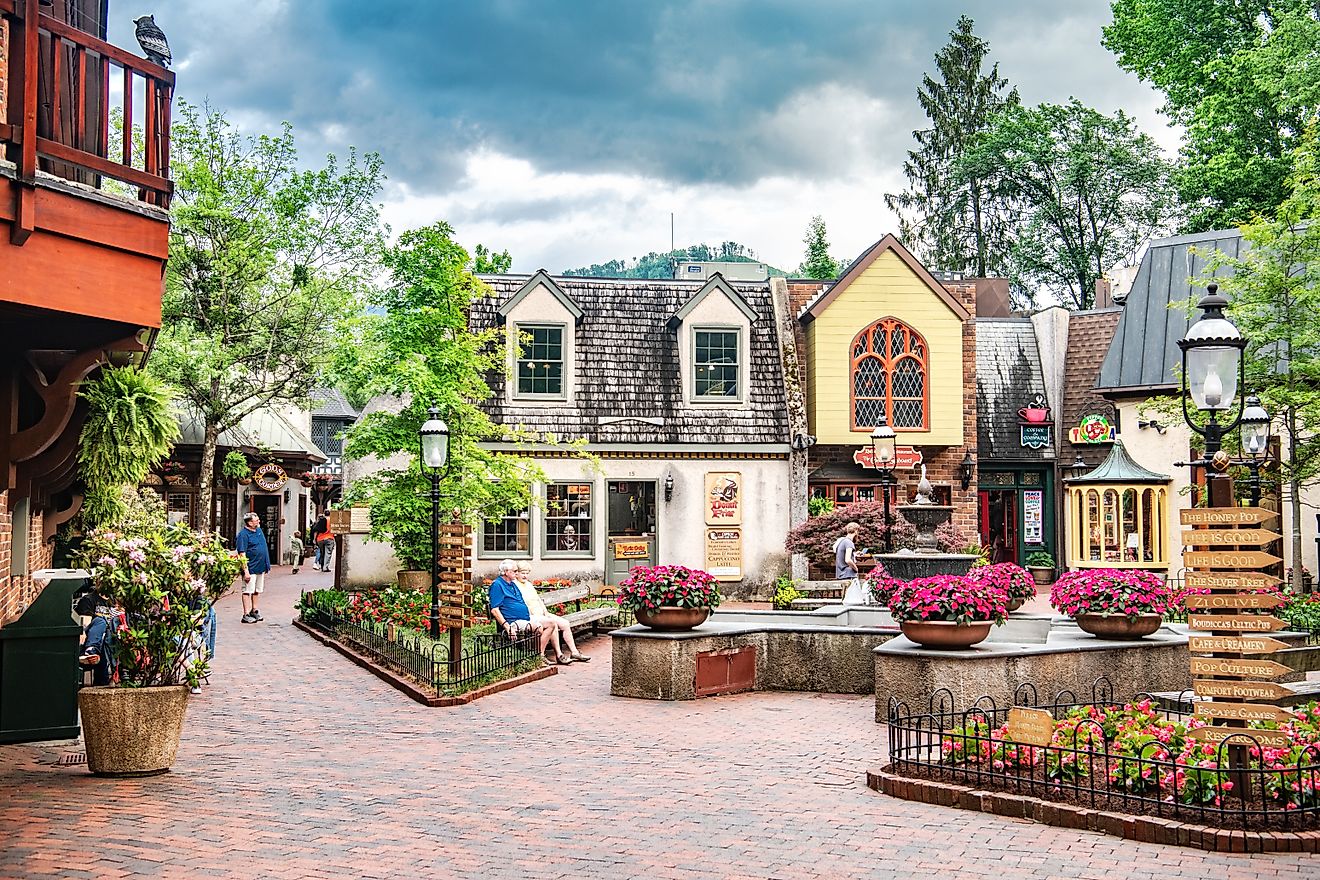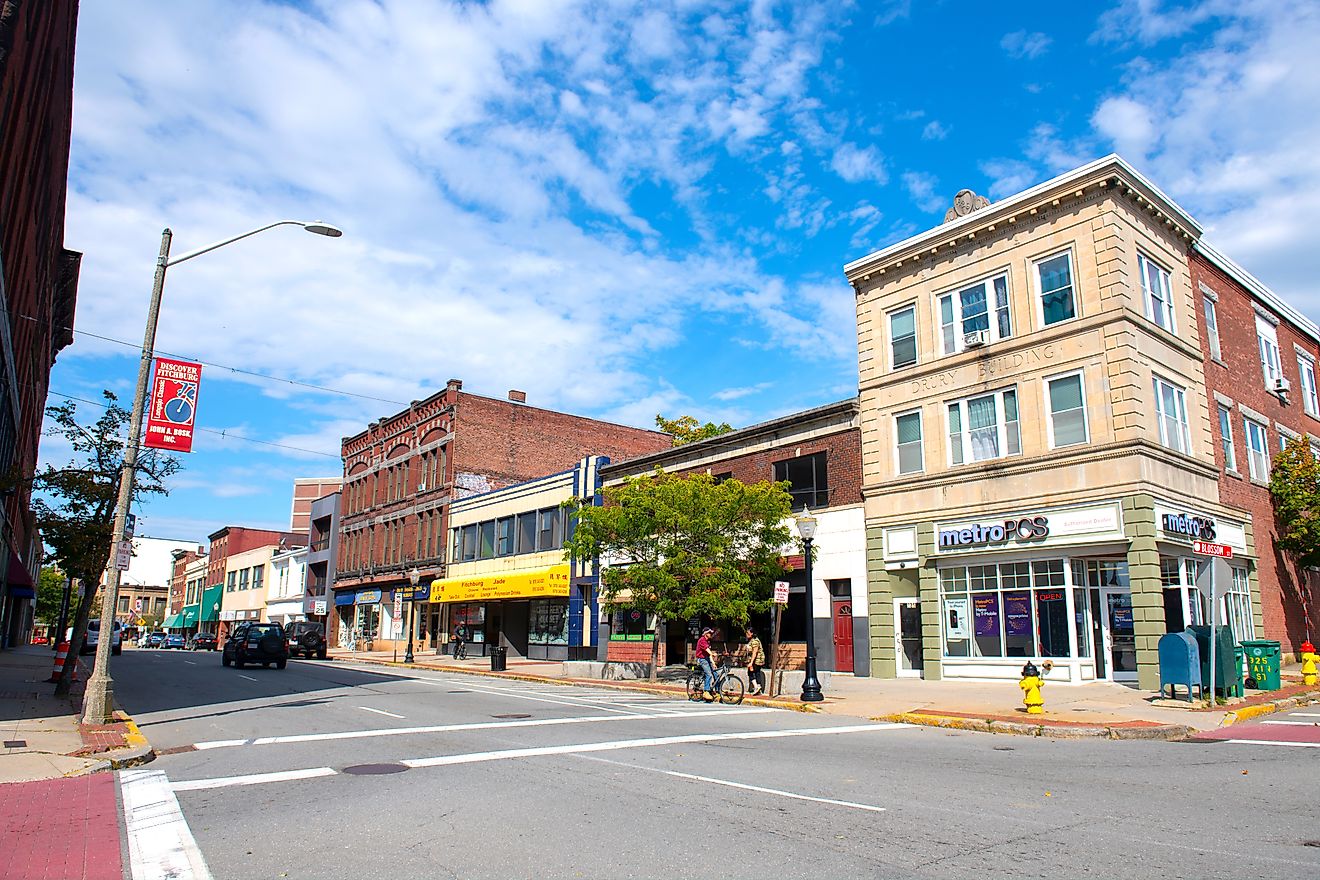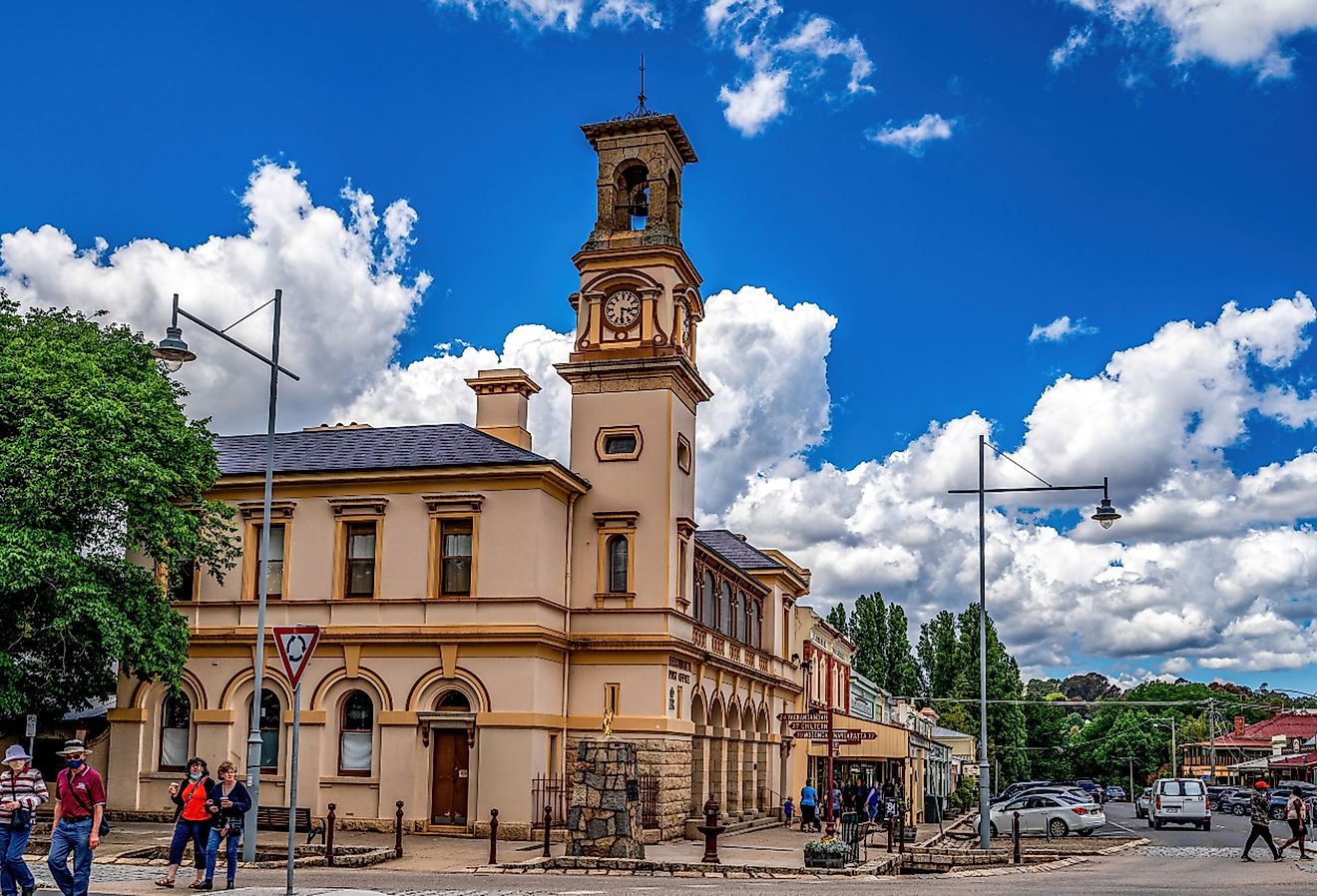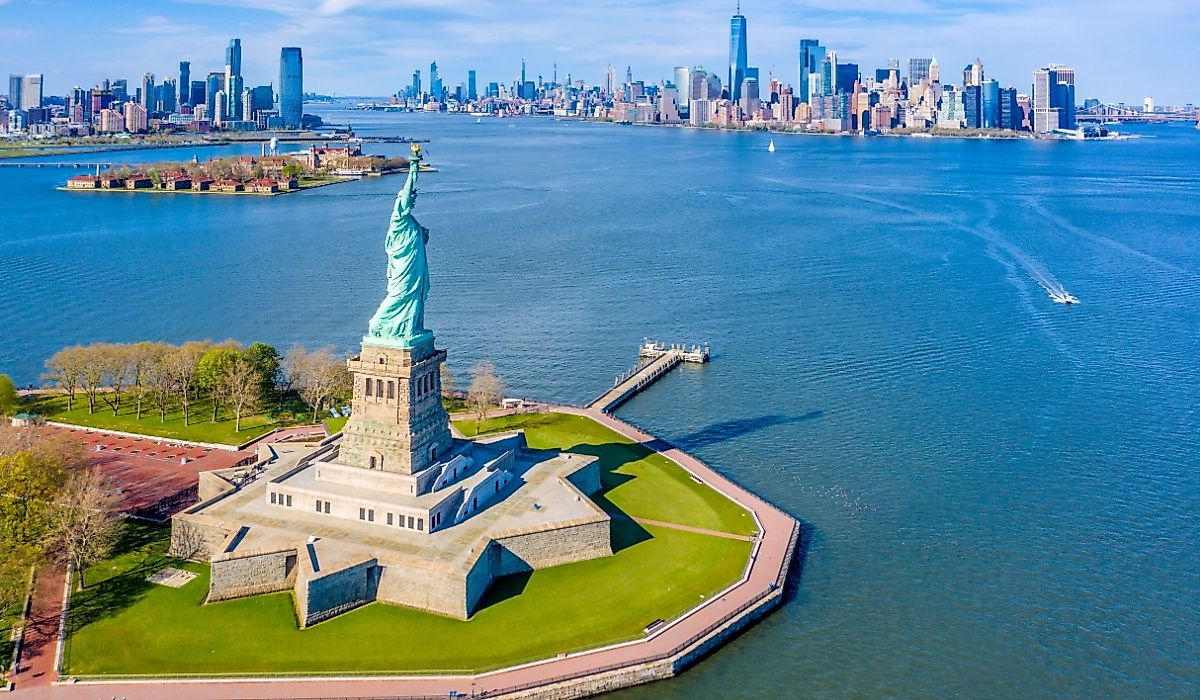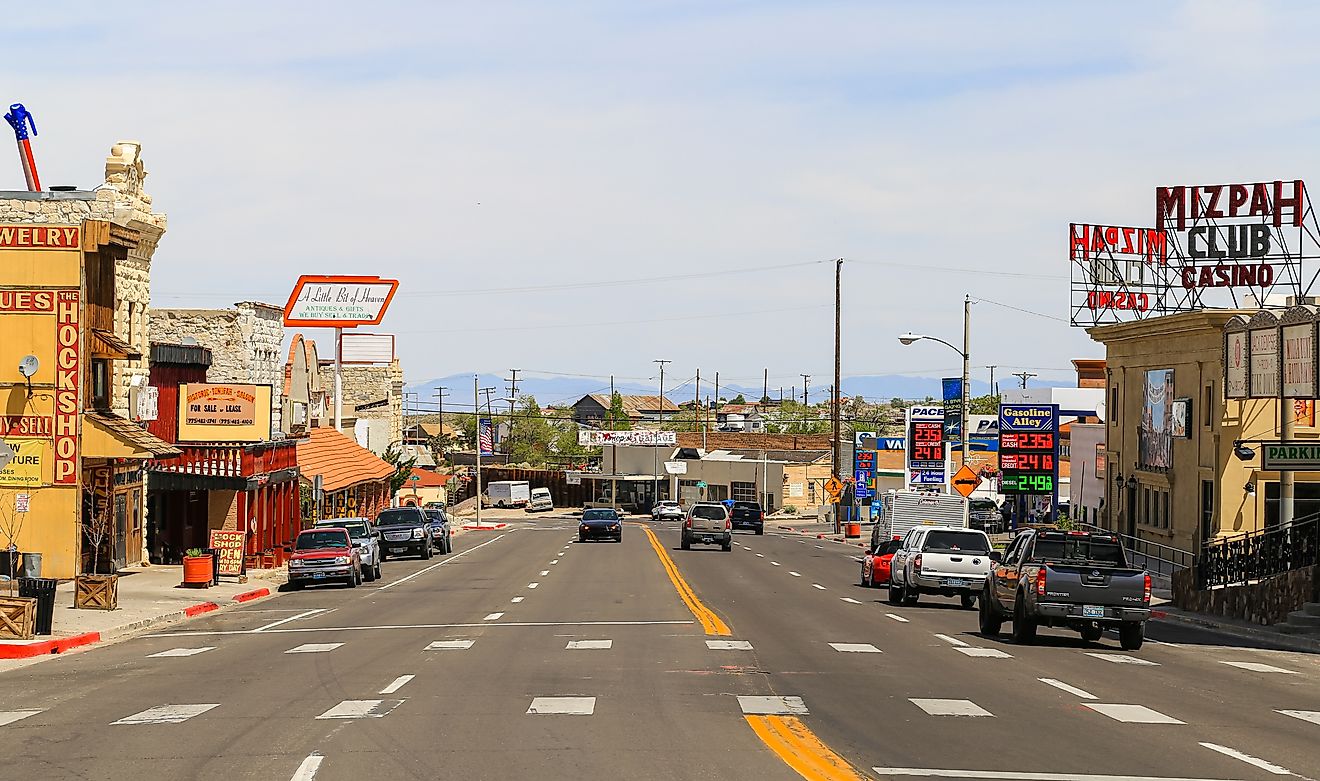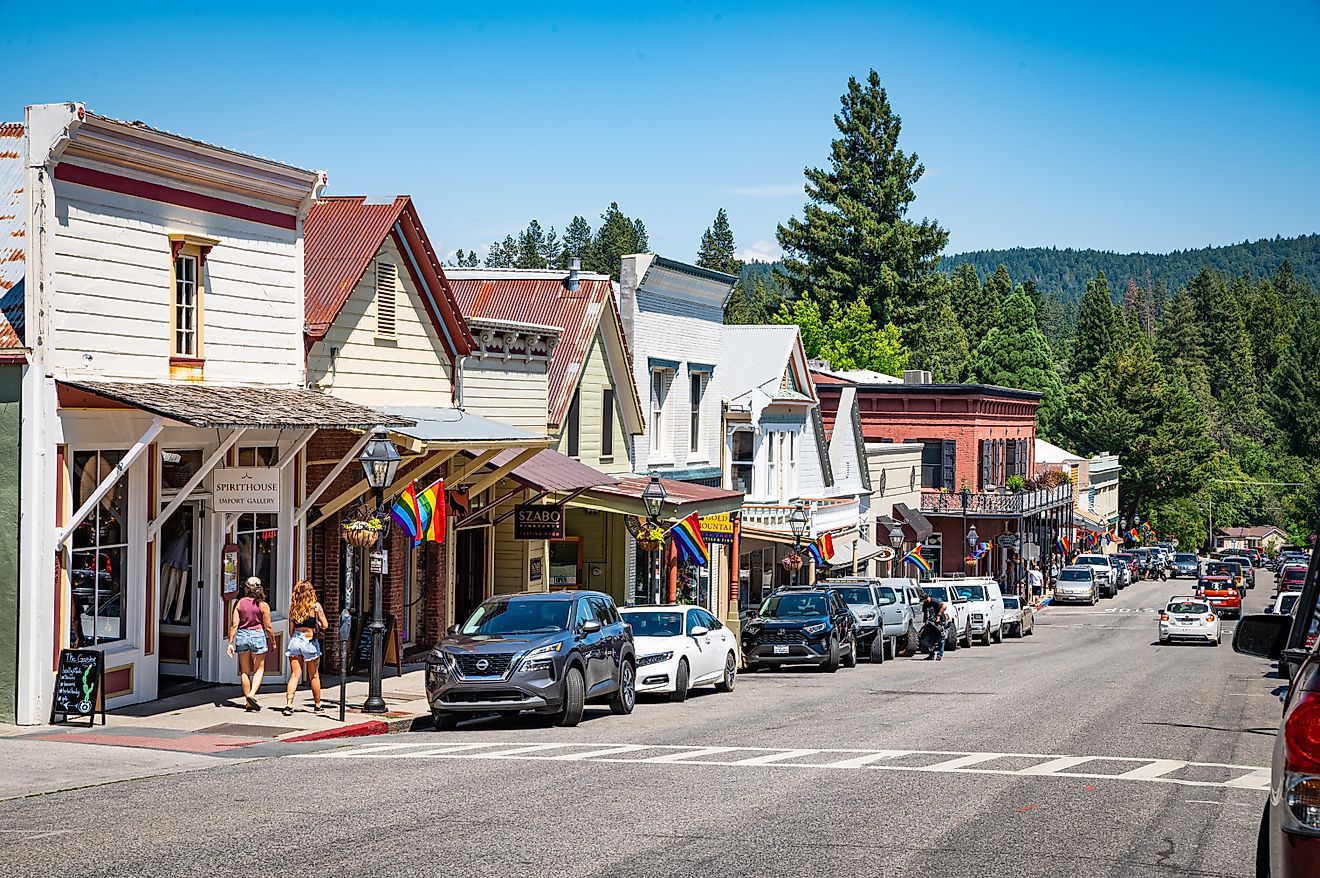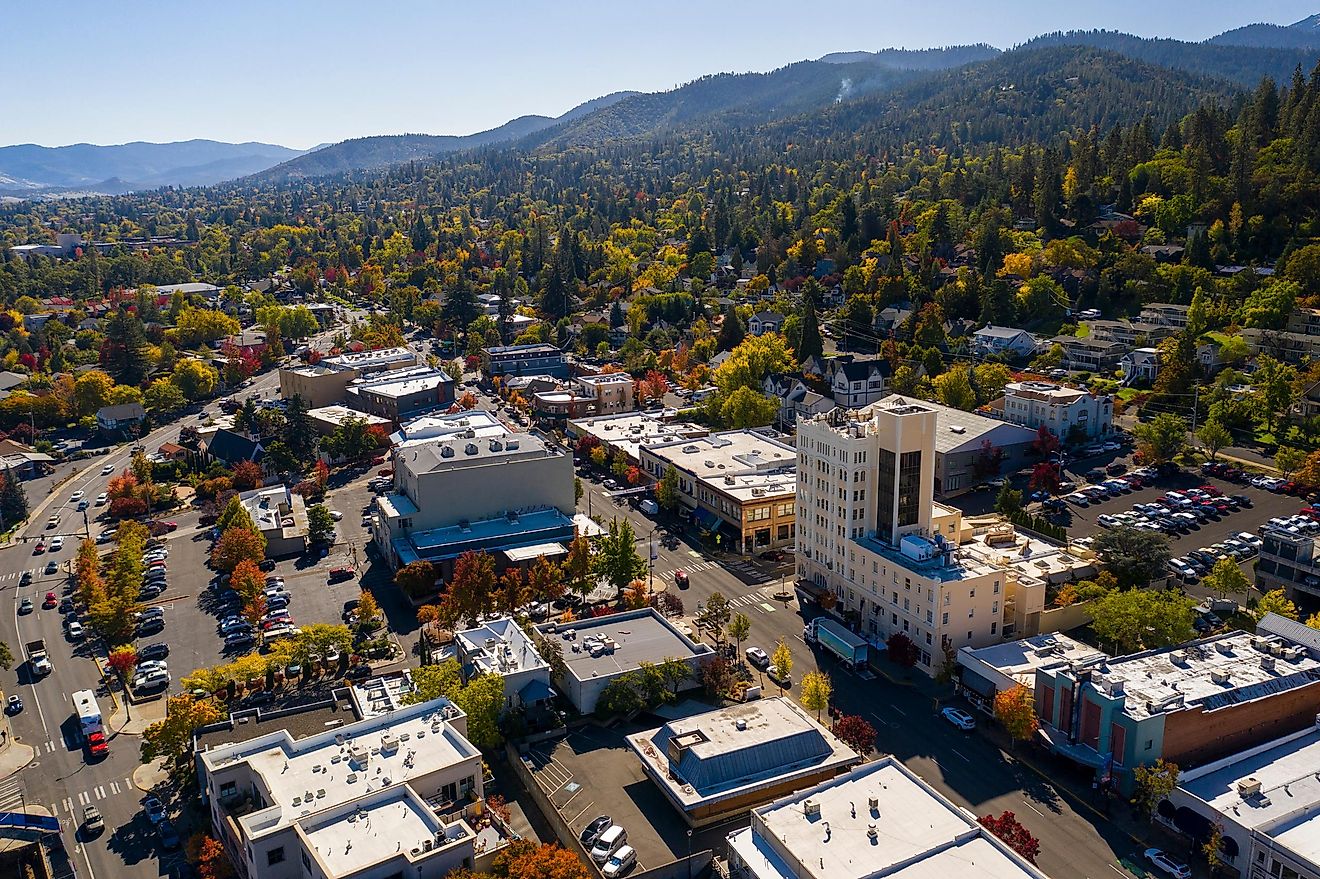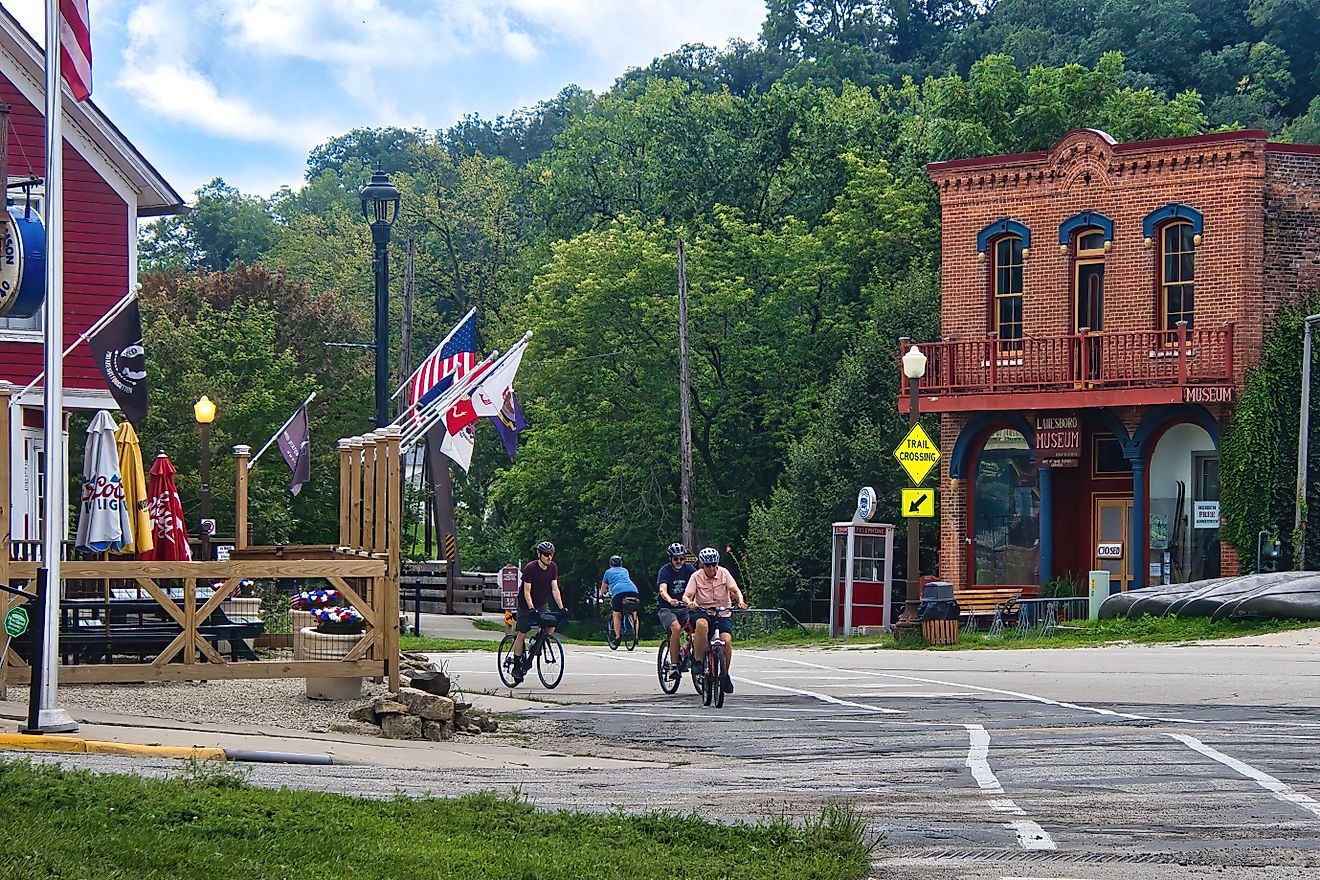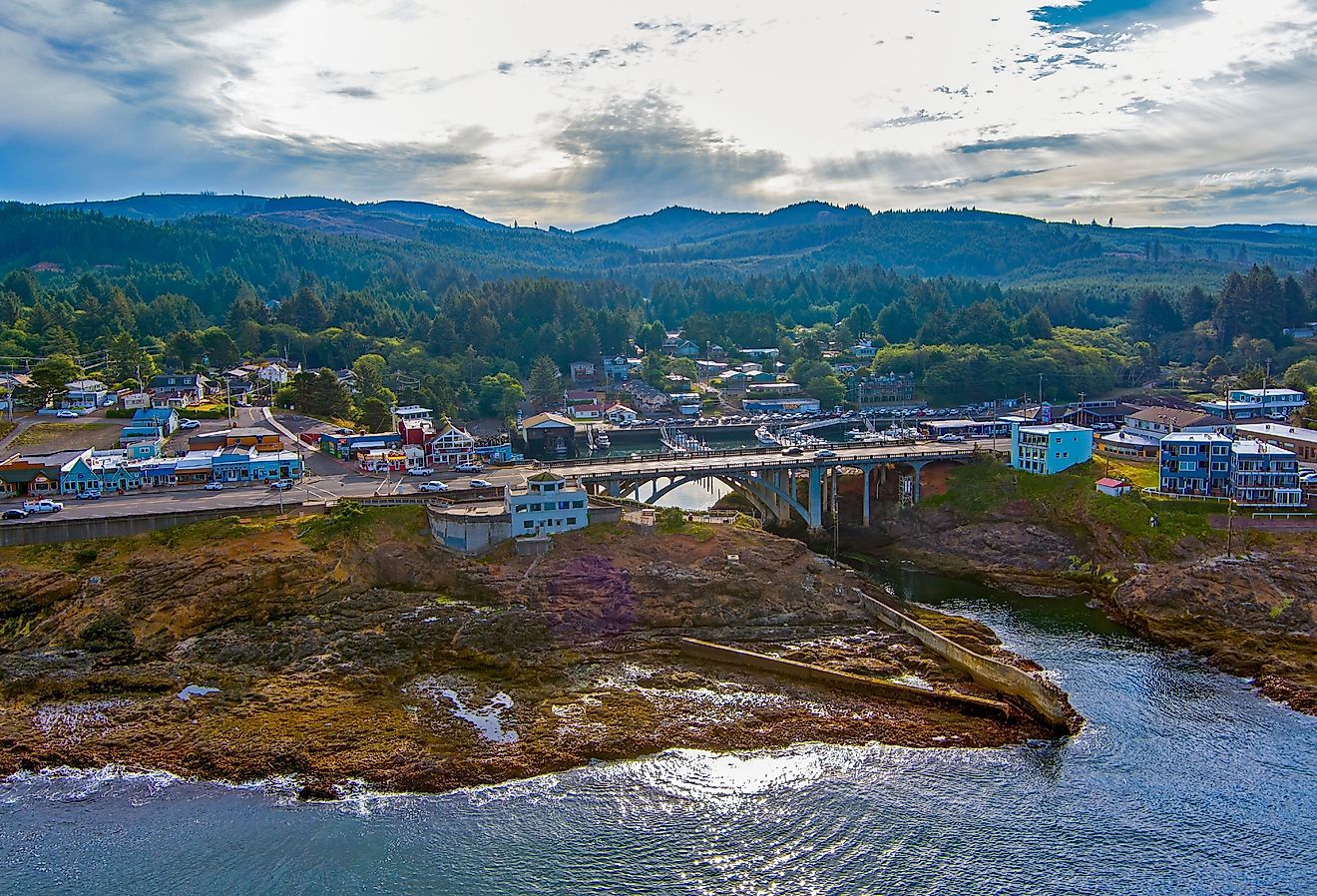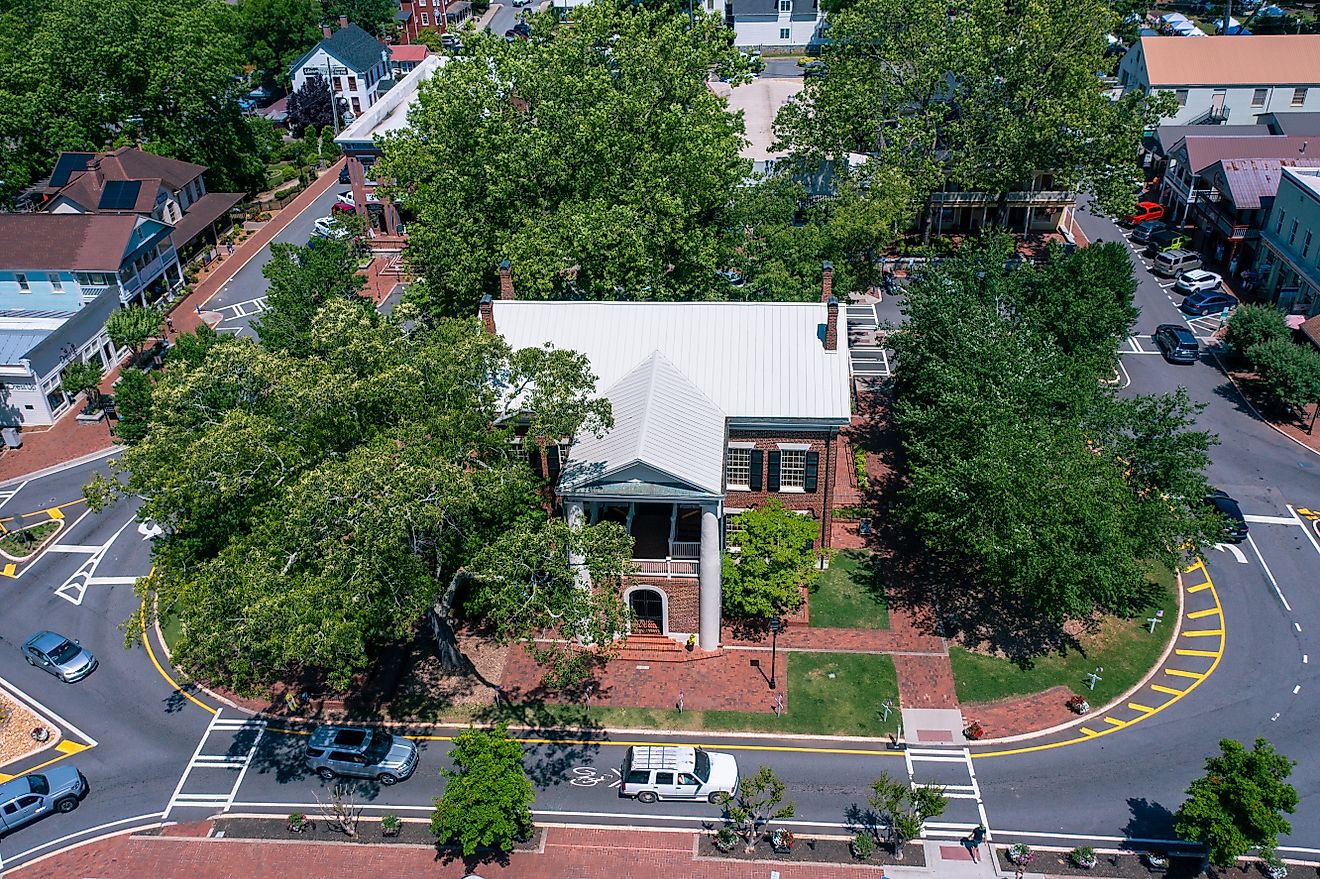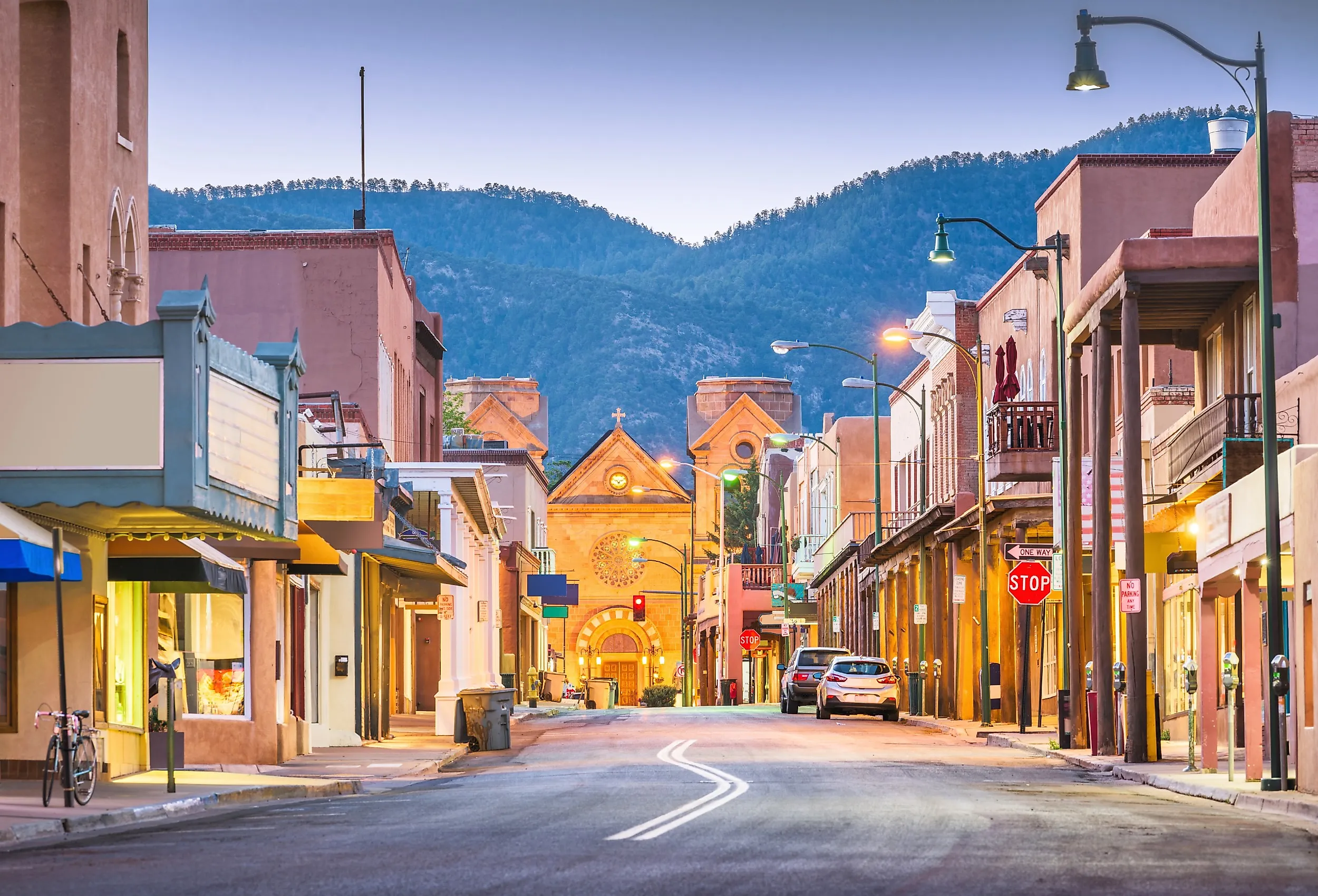
This New Mexico Town Is Older Than the State Itself
Santa Fe, New Mexico, predates the state and has been the capital for centuries. Founded in 1610 as the capital of the Spanish colonies (more than 300 years before New Mexico was admitted to the Union in 1912), the "City Different" is a literal combination of Indian, Spanish, Mexican, and American histories and heritages. That blend shows up in everything from the central plaza and low-slung adobe profile to current traditions like the annual Fiesta de Santa Fe and the Native American Artisans Portal. Visitors who come looking for "the oldest" will find it in Santa Fe, but also a capital whose future is as vibrant as its past.
From Pueblo Homeland to Colonial Capital
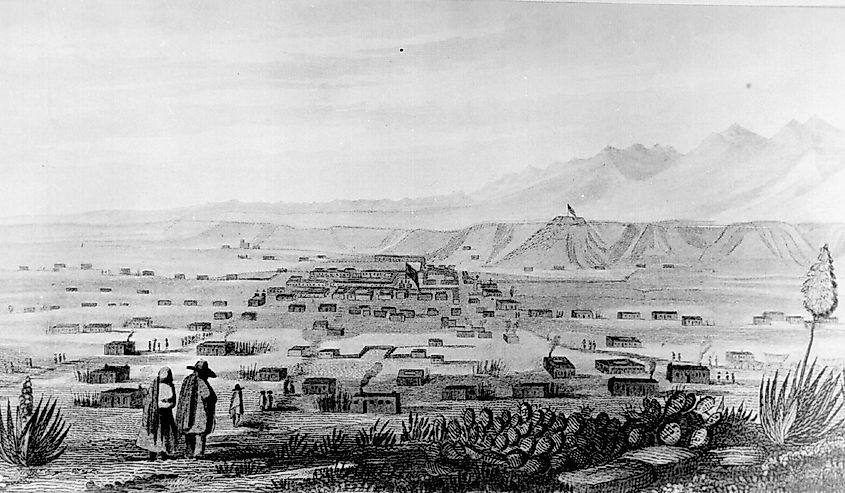
Long before European colonists arrived, the river valley upon which Santa Fe exists today was inhabited by ancestral Pueblo settlements; archaeological evidence places settlements here centuries prior to 1600. However, the Spanish monarchy extended its control into the region during the 16th and early 17th centuries.
In 1610, Governor Don Pedro de Peralta formally established a new capital—La Villa Real de la Santa Fe de San Francisco de Asís—on a grid plan around a central plaza, the same basic layout that the city has today. That early beginning makes Santa Fe the oldest-established town in New Mexico and the oldest capital city in the United States.
Turbulence, Resilience, and the Forging of a Capital
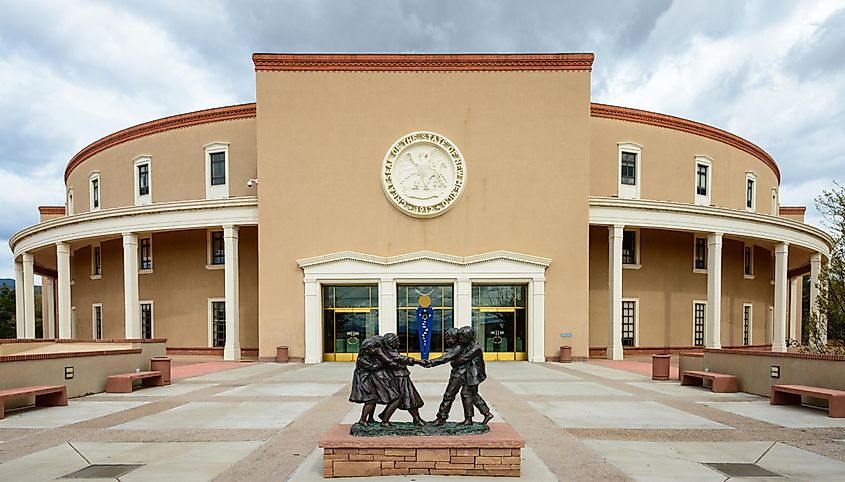
The early centuries of Santa Fe were filled with upheaval and reform. Spanish colonists were expelled from the city in the Pueblo Revolt of 1680; twelve years later, Don Diego de Vargas led a reconquest and resettlement commemorated now by the Fiesta de Santa Fe. During the next 150 years, the city's political identity shifted with the flags that flew above it: Spanish, then Mexican, starting in 1821, then US territorial, beginning in 1848.
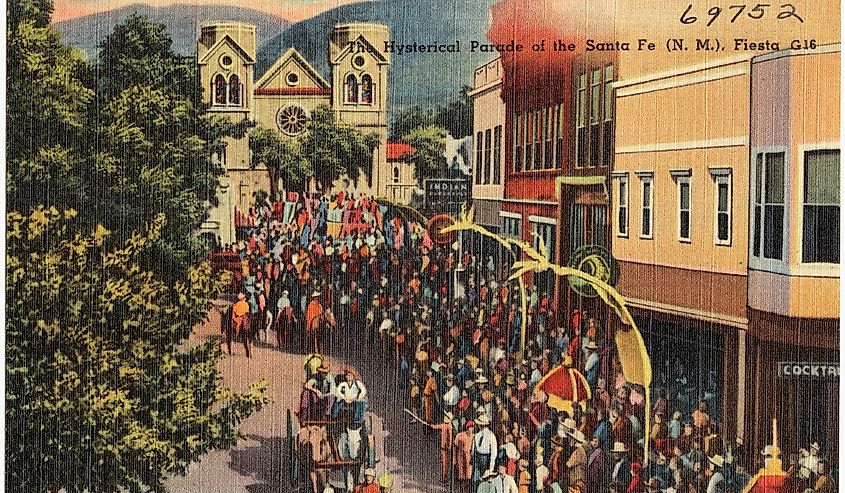
The Plaza was a hub in continental trade, linked east to Missouri along the Santa Fe Trail and south along El Camino Real de Tierra Adentro. With every shift, the Palace of the Governors—now part of the New Mexico History Museum—remained an anchor, widely regarded as the oldest continuously occupied public European colonist-built building in the continental United States.
Rail Detours, Artistic Arrivals, and a Modern Identity
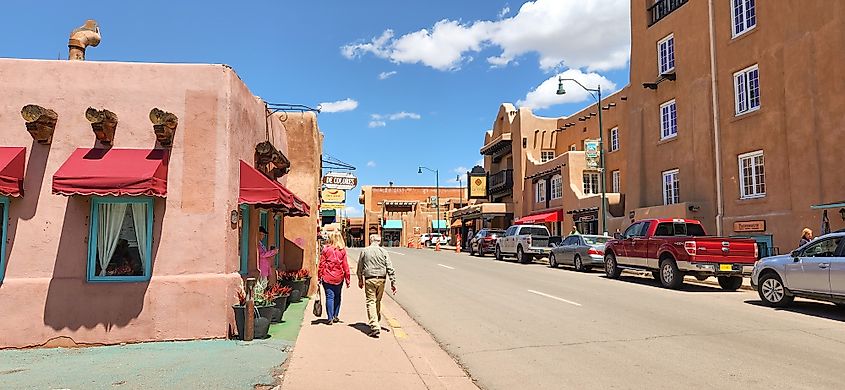
The railroad had come within a stone's throw in 1880, stopping at Lamy and branching into Santa Fe by a spur rather than passing directly through town—a detour that saved the historic center of the city even while missing out on some of the population boom other hubs were experiencing at the time. Still, in the 20th century, a stream of gentrification in the form of architects, writers, and artists led to significant change.
By midcentury and beyond, Santa Fe had established itself as an arts capital. In the 21st century, it became a UNESCO Creative City of Crafts & Folk Art. Today, its contemporary arts energy, anchored by galleries and museums like SITE Santa Fe and the unique presentations of Meow Wolf, is blended with longtime institutions like the Santa Fe Opera and the Georgia O'Keeffe Museum to provide a full-year cultural calendar.
Experiencing Santa Fe Today
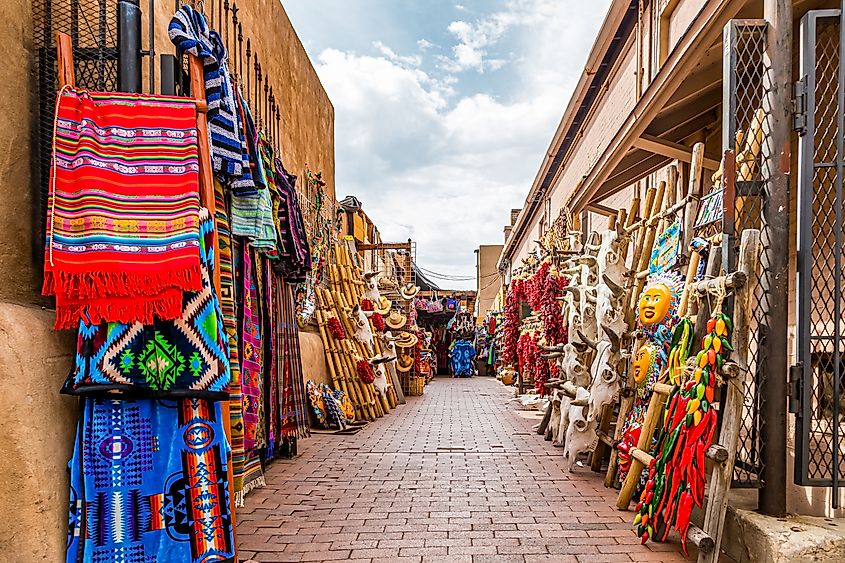
Santa Fe is compelling today because that rich history imbues an astonishingly modern city: a creative-economy leader, a round-the-year arts center, and a portal to northern New Mexico's mountains and mesas. The culture is alive in the food, natural wonders, and historic sites, which still preserve the events that shaped this region and its people.
The Most Popular Places to Eat
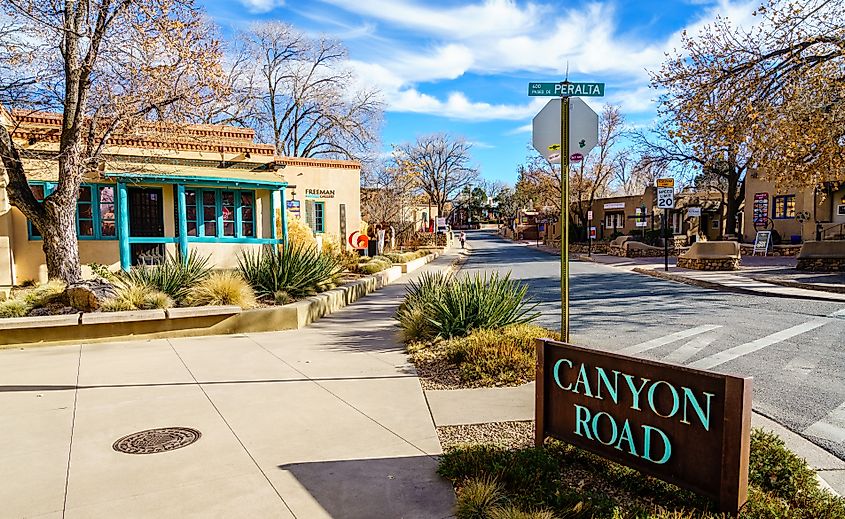
The restaurant culture of Santa Fe reaches back centuries by blending the cuisines of the Spanish, Mexican, and Tex-Mex roots. More often than not, you are getting swept up in the ongoing debate, choosing red or green chile, which is widely contested. A block from the Plaza, The Shed has been serving blue-corn enchiladas, posole, and robust New Mexican cuisine since the 1950s, a standstill-in-time experience worth its lines out the door. On Canyon Road, Geronimo revitalizes a historic adobe into white-tablecloth dining; its elk tenderloin and globally inspired menu make it a favorite of the locals and a must-try for visitors.
Attractions
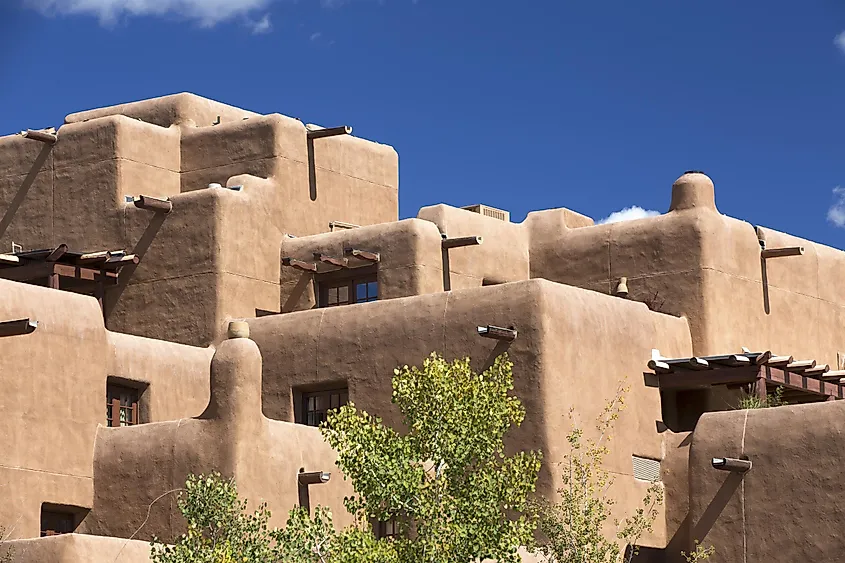
Start at the hub, the Santa Fe Plaza, which is loaded with stores, galleries, and the New Mexico History Museum complex. The Palace of the Governors anchors the north end. This facility is one of the most important in New Mexico’s history, and well worth the tour. Just minutes away, the Cathedral Basilica of St. Francis of Assisi stands out from the adobe theme of the city with its Romanesque Revival stonework, making it a noticeable attraction amid the traditional structures.
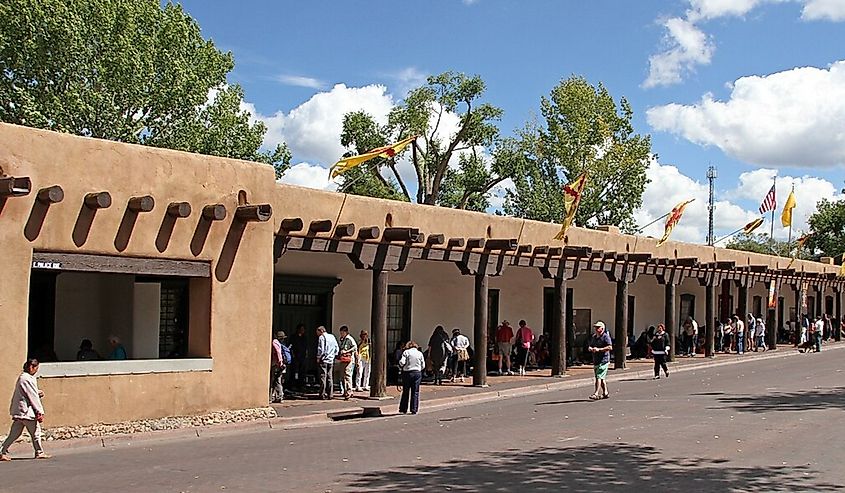
To feel the contemporary heartbeat of Santa Fe’s vibrant art scene, go to Meow Wolf's House of Eternal Return, an immersive, narrative art installation located inside a surreal "Victorian"-era mansion that opens up into neon-lit portals and unforgettable rooms. It is now among the city's top attractions.
When you visit this ancient city in the first week of September, be sure to check out the Fiesta de Santa Fe. This could be the most visited annual event in all of New Mexico, celebrating the reclaiming of Santa Fe in 1692 by the Spanish with food, music, performances, traditional costumes, parades, and art.
Historical Sites
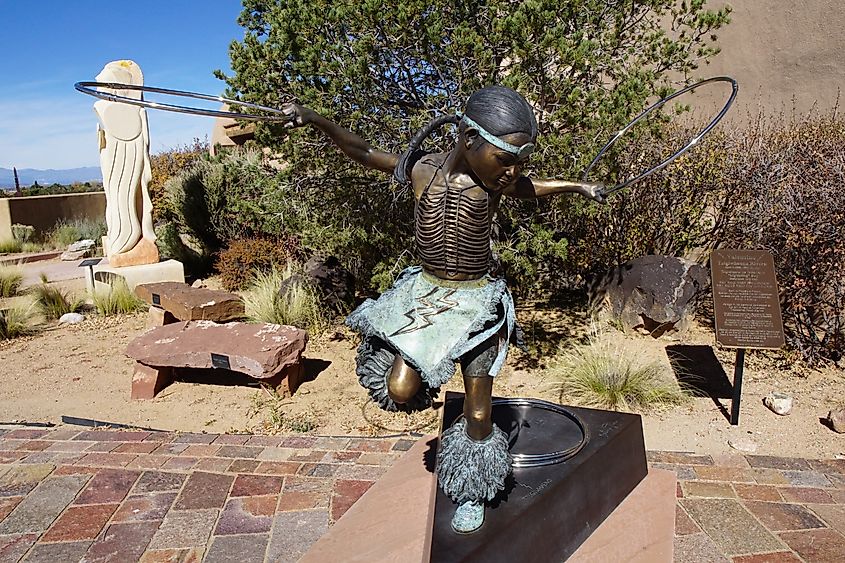
The Palace of the Governors not only anchors the Plaza but symbolizes the city's endurance through colonial rule, rebellion, reconquest, and statehood. Its galleries and archives illuminate Native, Hispanic, and Anglo narratives that shaped the region. Nearby, San Miguel Chapel, which is often called the continent's oldest church structure, stands as an equally prestigious, spirituality-laden architectural wonder of its own. Its thick walls of adobe and plain interior show the very earliest chapter in Christian worship branching into the Southwest.
Founded in 1610 and the nation's oldest state capital, Santa Fe is unequivocally the oldest-established town in New Mexico; however, the city is by no means fossilized in amber. The Plaza is still a lively combination of commerce and art, the Palace of the Governors still sets the tone for daily life, and centuries-old missions still retain subtle significance. Today, those same streets and paths from 300 years ago now lead to modern wonders like Meow Wolf’s House of Eternal Return or the area’s top eateries, helping you choose between red and green chile. In Santa Fe, the city might be known for art, but it has plenty of history to discover as well.
